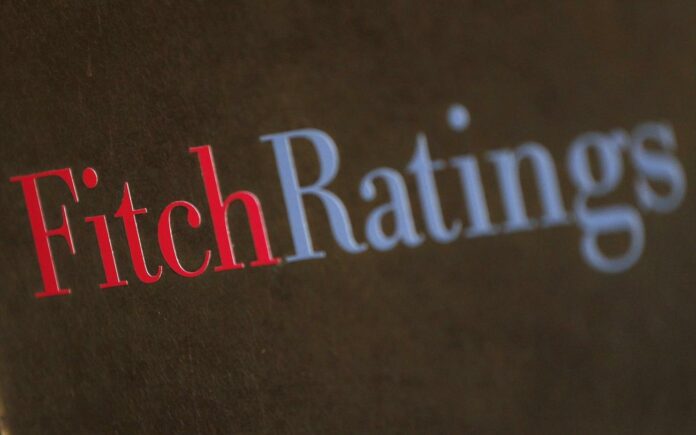Fitch ratings on Thursday noted that Greece’s second-consecutive budget surplus “demonstrates the authorities΄ continuing commitment to fiscal consolidation”
The ratings firm said this supports its expectation of improving debt sustainability, although the scope and time-frame for debt reduction will depend on relief measures that are currently under negotiation between Athens and its creditors.
“Greece remains one of the few eurozone countries whose fiscal adjustment is structural rather than chiefly cyclical. The Greek Finance Ministry said that the 2017 outturn showed that post-programme targets are feasible. We think primary surpluses may fall below these targets beyond 2020, but we still believe gross general government debt (GGGD) peaked in 2016 and will fall more rapidly from next year, reaching 137 percent of GDP by 2025, assuming annual average nominal GDP growth of 3.5 percent, but not factoring in any future official sector debt relief,” it notes, while adding: “Our baseline assumption sees GGGD falling further, to 132.8 percent of GDP in 2026. This would still be higher than the current level for Italy – the eurozone’s second most-indebted sovereign – although the concessional nature of Greece’s public debt means that debt servicing costs are low”.
“Technical work by the eurogroup on a mechanism for linking debt post-programme relief to growth targets is at an advanced stage, and eurogroup president Mario Centeno said last week that Greece’s eurozone creditors and the IMF were getting closer to agreeing on official sector debt relief. The eurogroup will discuss debt relief options tomorrow at a meeting in Sofia. We do not anticipate haircuts to the official debt stock, but the prospect of other substantial debt relief measures is reflected in the Positive Outlook on Greece’s sovereign rating.”
Fitch said it expects improved debt sustainability and gross general government debt to be reduced more rapidly from next year, reaching 137 percent of GDP by 2025, assuming annual average nominal GDP growth of 3.5 percent, but not factoring in any future official sector debt relief. GGGD is estimated to fall further, to 132.8 percent of GDP in 2026.














